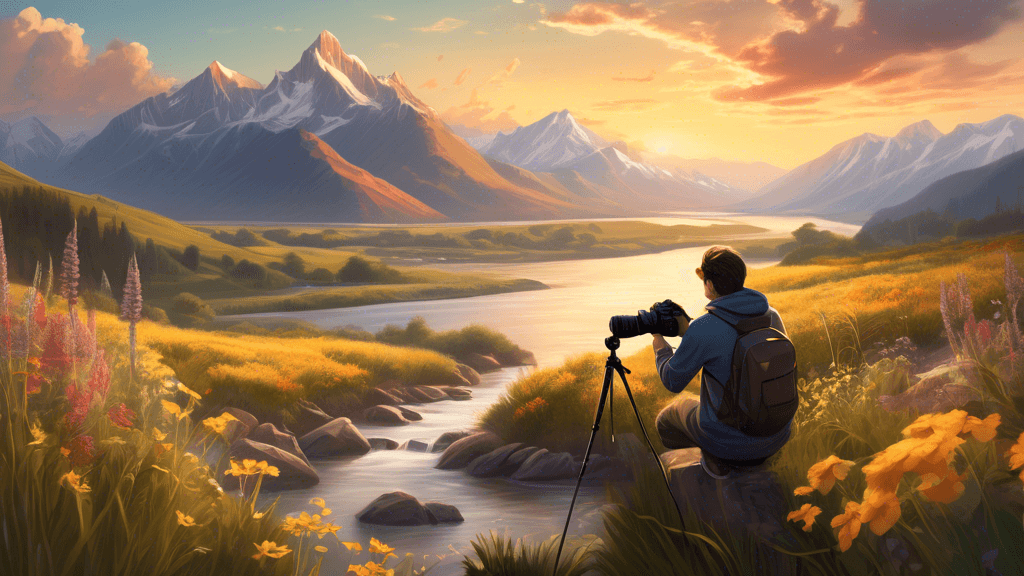
Mastering Balance: The Art of Composition in Landscape Photography
Share
Understanding the Art of Composition in Landscape Photography
Are you passionate about capturing the sheer beauty of nature through the lens of your camera? Whether you're a hobbyist or a professional, understanding the fundamentals of composition is crucial to enhancing the impact of your landscape photos. In this blog, we will delve deep into the art of composition, exploring techniques that can transform simple snapshots into stunning visual stories.
What is Composition in Landscape Photography?
Composition in landscape photography refers to the arrangement of visual elements within the frame. It is the scaffolding on which a photograph is built. The goal is to guide the viewer’s eye through the image in a pleasing or impactful way. Why does composition hold such importance in landscape photography? The answer lies in its ability to evoke emotions and convey the inherent majesty of the natural world through a well-structured presentation.
Key Elements of Composition
When capturing landscapes, certain compositional elements can dramatically alter the feel and interpretation of an image. Here are some key elements to consider:
- The Rule of Thirds: By dividing the frame into a grid of nine equal segments, you can place significant elements along these lines or their intersections. This technique often creates a more balanced and engaging photo.
- Leading Lines: Use natural lines - such as rivers, paths, or mountain ranges - to lead the eye into and around the picture. This element can create a sense of depth and scale in your composition.
- Symmetry and Patterns: Incorporating symmetry or repeating patterns can enhance the visual impact and add a sense of harmony and intrigue to your landscape photos.
- Foreground Interest: Including elements in the foreground can add depth and context to a scene, making the landscape more engaging to the viewer.
- The Golden Ratio: A more complex version of the rule of thirds, the golden ratio creates a spiral effect that naturally draws the viewer’s eye into the critical parts of the photo.
Challenges and Solutions in Landscape Composition
While the theory of composition might sound straightforward, its practical application often presents various challenges. How do we deal with overwhelmingly complex scenes or lackluster skies? A practical approach might include:
- Simplifying the Scene: Avoid clutter by focusing on strong, simple compositions. Sometimes, less is more.
- Using Weather Conditions: Overcast skies can help diffuse light and bring out vibrant colors in the landscape.
- Bracketing Exposures: This technique allows you to capture multiple exposures of the same scene at different brightness levels. You can blend these in post-processing to achieve the desired lighting and detail.





